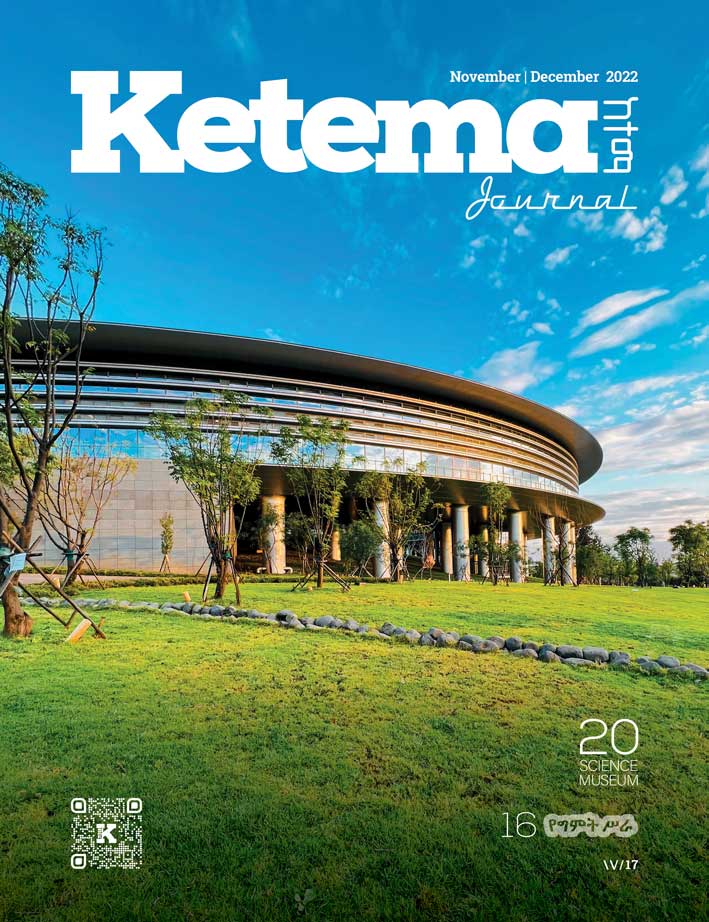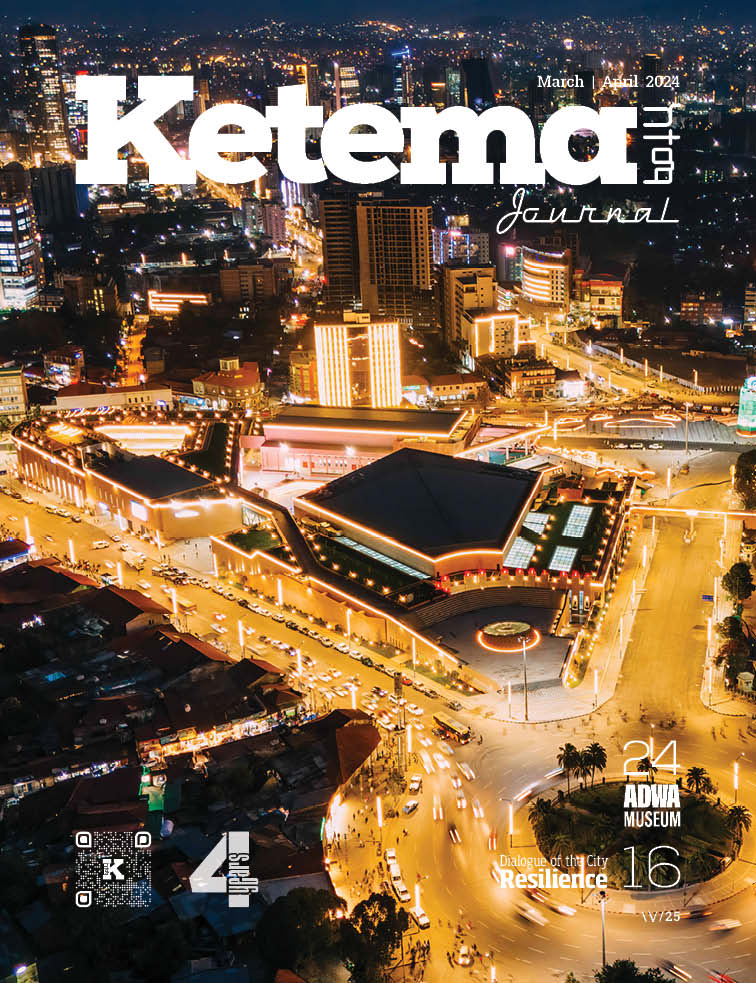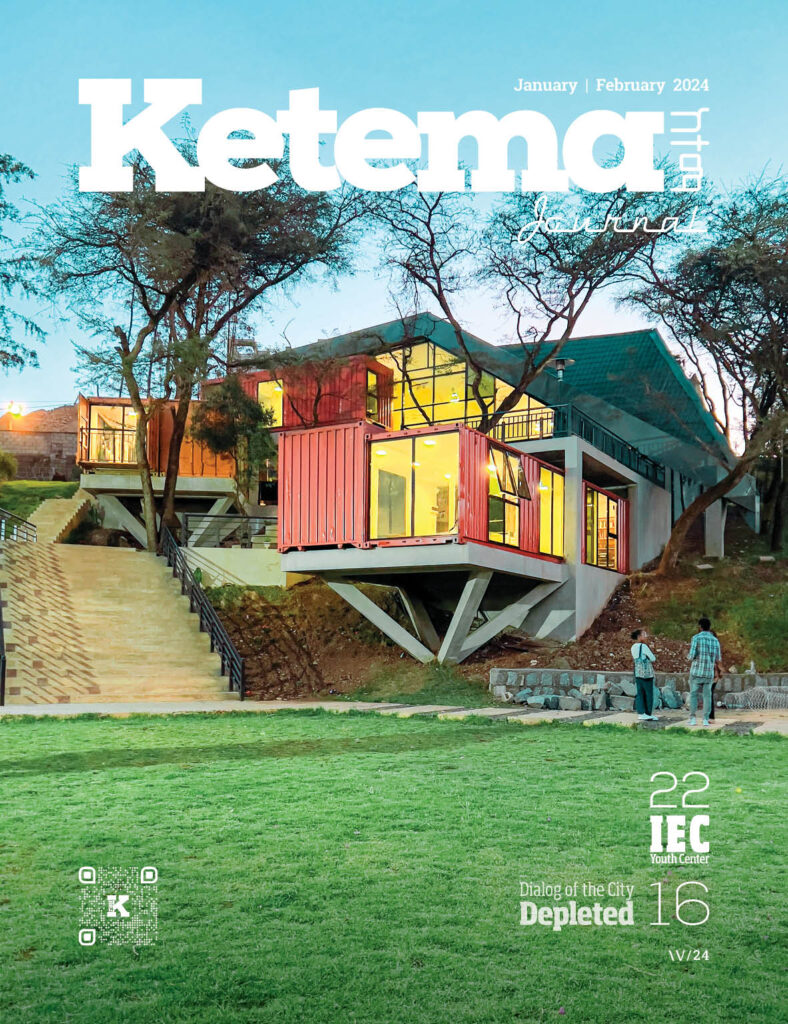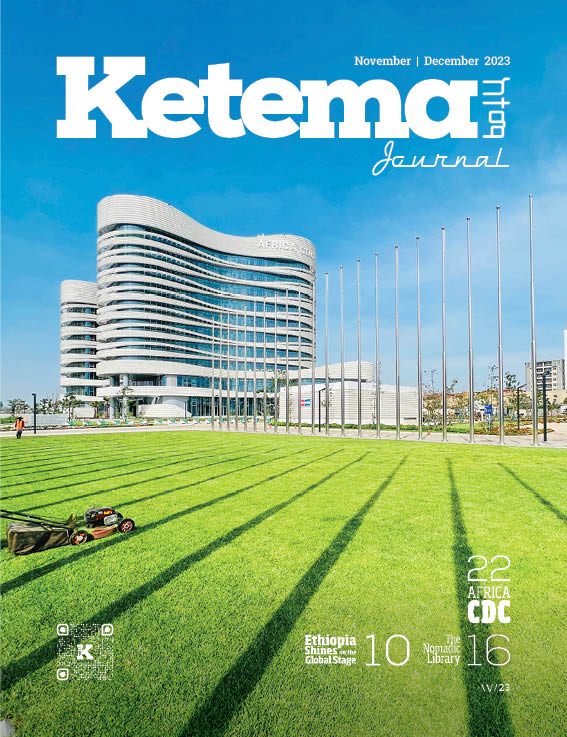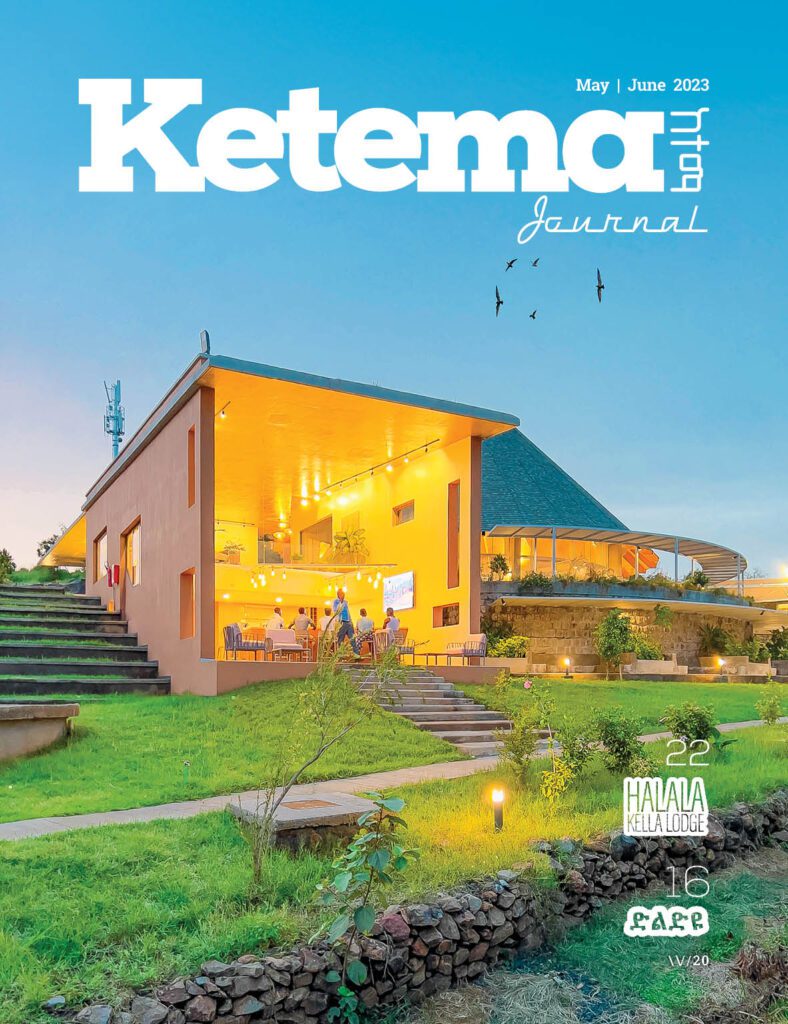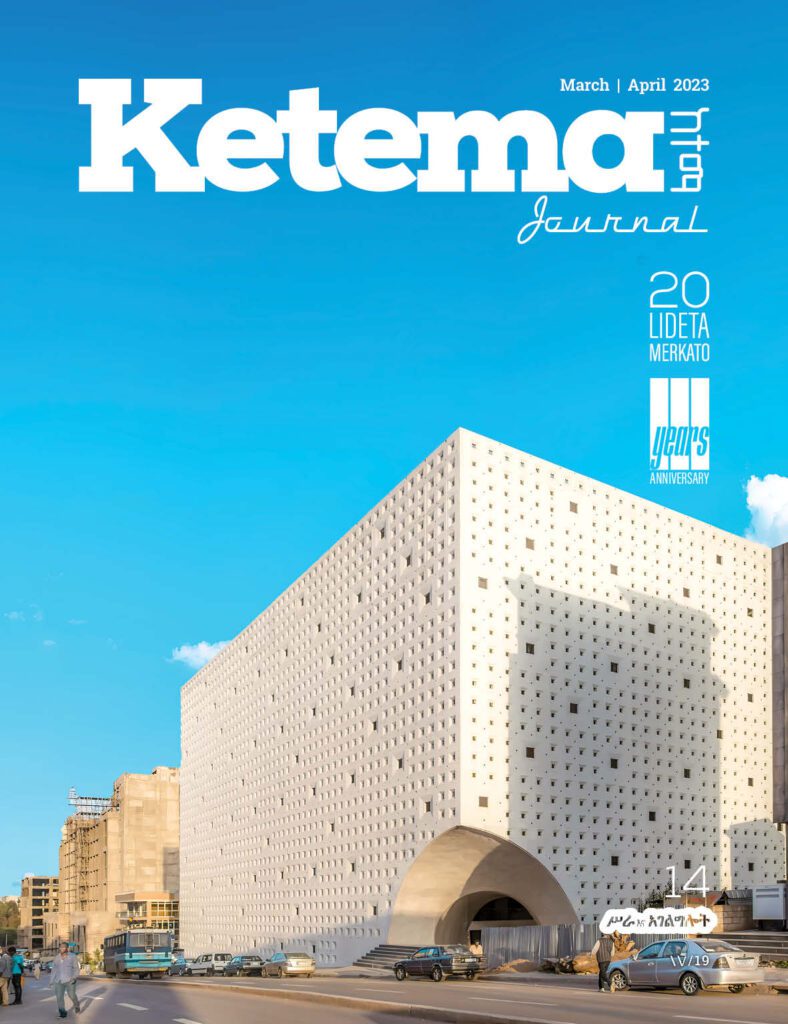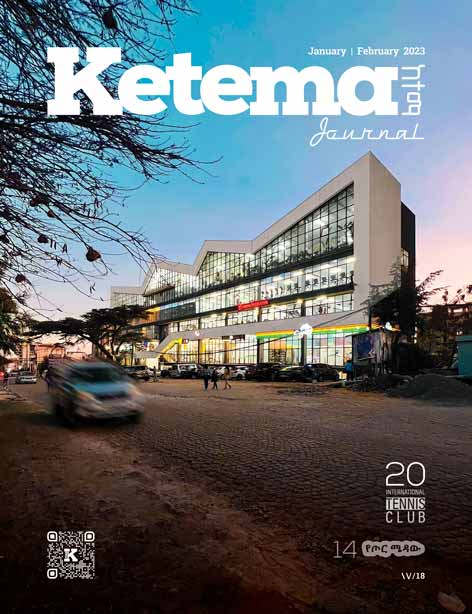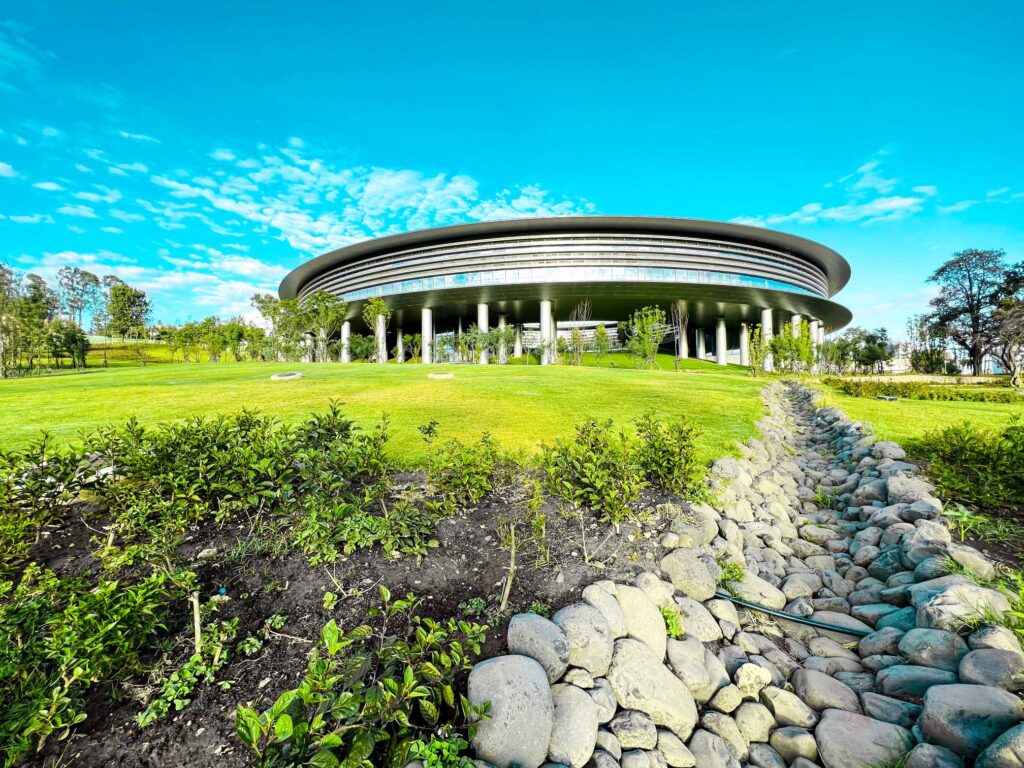
As a child, all of us have a memory of gazing into the night sky and getting fascinated with the stars, trying to count the tiny light dots in the dark. Our innate curiosity leads us into imaginative realms we inhabit through our consciousness. Growing up, we start to explore and learn about nature and its wonders. Until recently, these exposures only existed within the bounds of school for most Ethiopian students. However, the new ring-shaped spectacle in the heart of Addis Ababa seeks to change that. It aspires to be a place where kids can learn about the world, get answers to their countless questions, and where adults can appreciate man’s scientific and technological advancement.

The freshly unveiled Ethiopian Museum of Art and Science rests elegantly atop the hill that leads up to Unity park at 4kilo with Sheger Park, Sheraton Hotel, and the new Grand Palace parking building as its neighbors on three sides. The museum’s circular form stands out with its simple yet bold pronunciation, which symbolizes “perpetual development and human wisdom”. Besides its circular friend, sits a smaller but even more striking dome. Together with its vast green compound, the museum provides an exciting architectural experience powered by 21st-century technology.
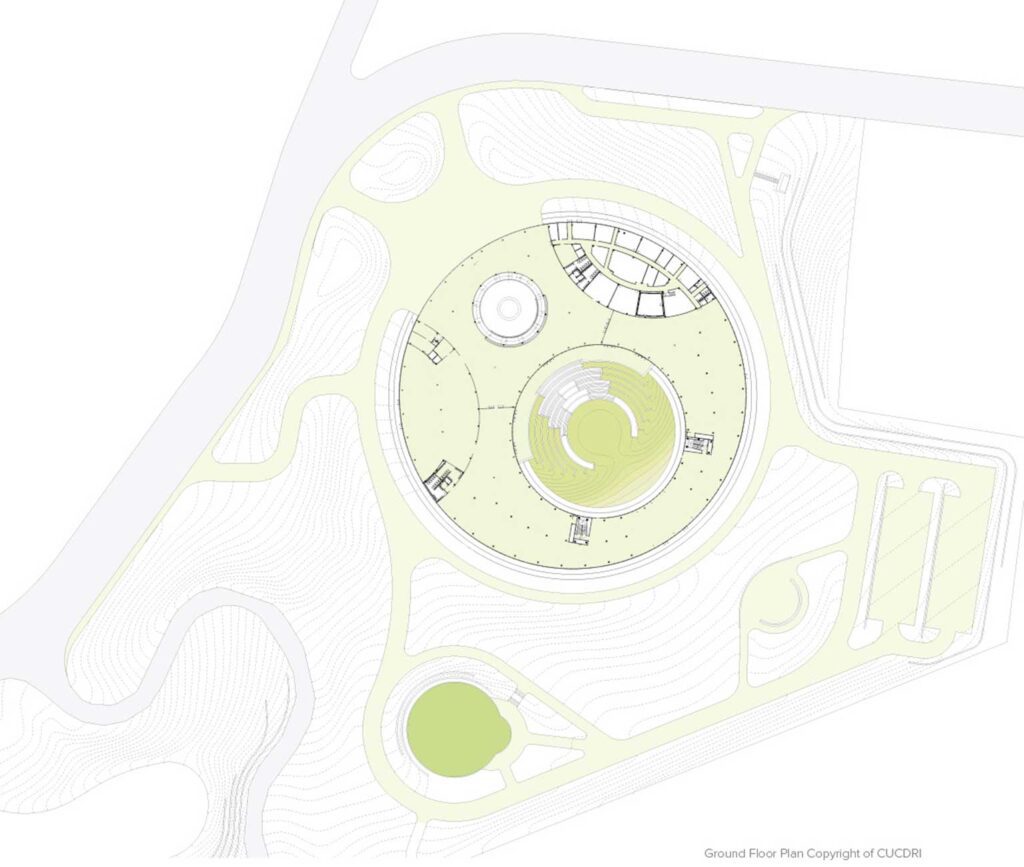
The museum is in line with Ethiopia’s overall effort to revamp the country’s digital infrastructure, in which technology plays a prominent role. At present, the world is entering a new scientific paradigm fueled by Artificial Intelligence (AI), which brings in different opportunities for every nation based on its level. Many see the opening of the museum as a remarkable step forward for the whole of Africa’s digital transformation. The inauguration also coincided with the first Pan African Artificial Intelligence Conference with “empowering Africa through AI” as its theme. Apart from the museum’s notable technological role, its architecture is worth exploring since it plays a huge role in delivering the required atmosphere. In the upcoming paragraphs, you will ride on a journey around and inside this “circular house of curiosity”.
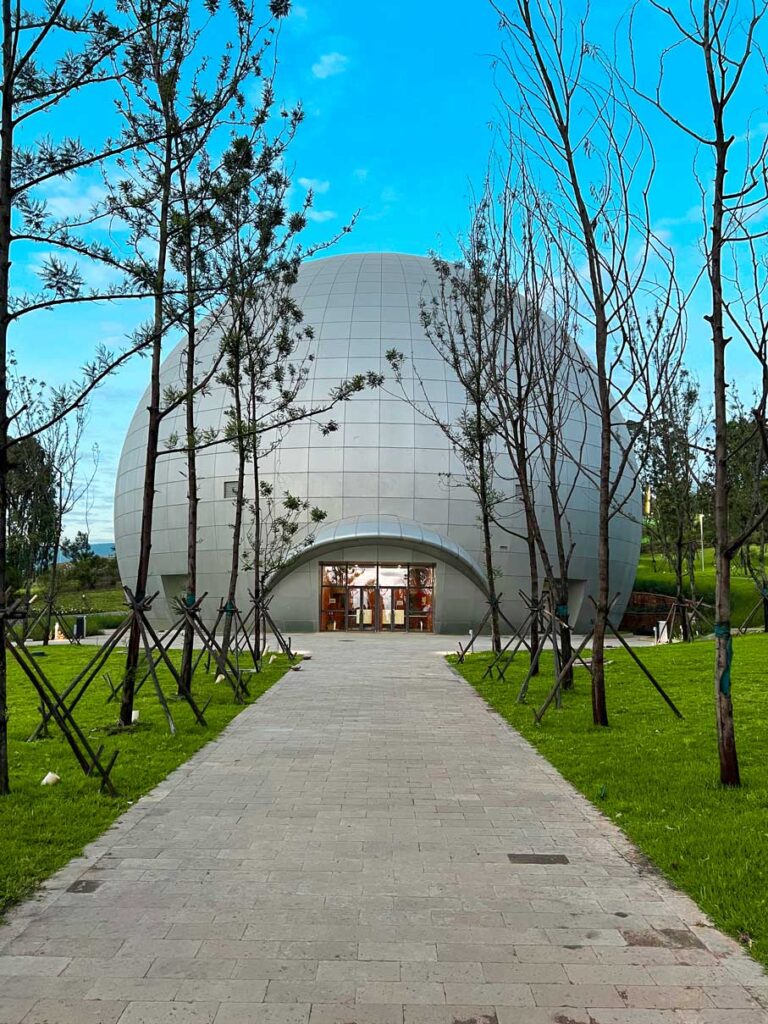
From wherever direction you arrive, the building’s slender circular profile is apparent and seems to hover as a futuristic spaceship over the hill it rests on. Once you arrive at the gate, you start slowly ascending around a gentle ground slope towards the main entrance. From this angle, the architecture appears low and in tune with the human scale. Upon entry, you immediately feel the building’s expanse through its generous walkway and its wide circular lobby in which a spiraling ramp leads to the rooftop. Passing through the columns that hold the ramp, the lobby space expands to a triple-height void in which a model of the solar system, with its 8 planets orbiting around the sun, hangs from the ceiling. In case you have not heard, we have now eight planets instead of the old nine. The International Astronomical Union has downgraded the status of Pluto from a planet to that of a “dwarf planet”. Let us save the ramp tour for later and first explore the ground-level contents.

On the main floor, the building’s circular layout guides you into exhibition spaces that hold most of the museum’s treasures. You can start your journey in one of the three sections, namely: room of human condition, room of ecosystems, and room of resources. Unlike traditional museums, where you expect to find 3 different sections, here the sections seamlessly integrate into a continuous experience throughout the circular building layout. Strolling around the fully soundproofed space, you start to unlock and immerse yourself in its rich experiences through its various interactive media. These include VR experiences and display screens that cover topics ranging from robotics to analytics, data manufacturing, and related fields.
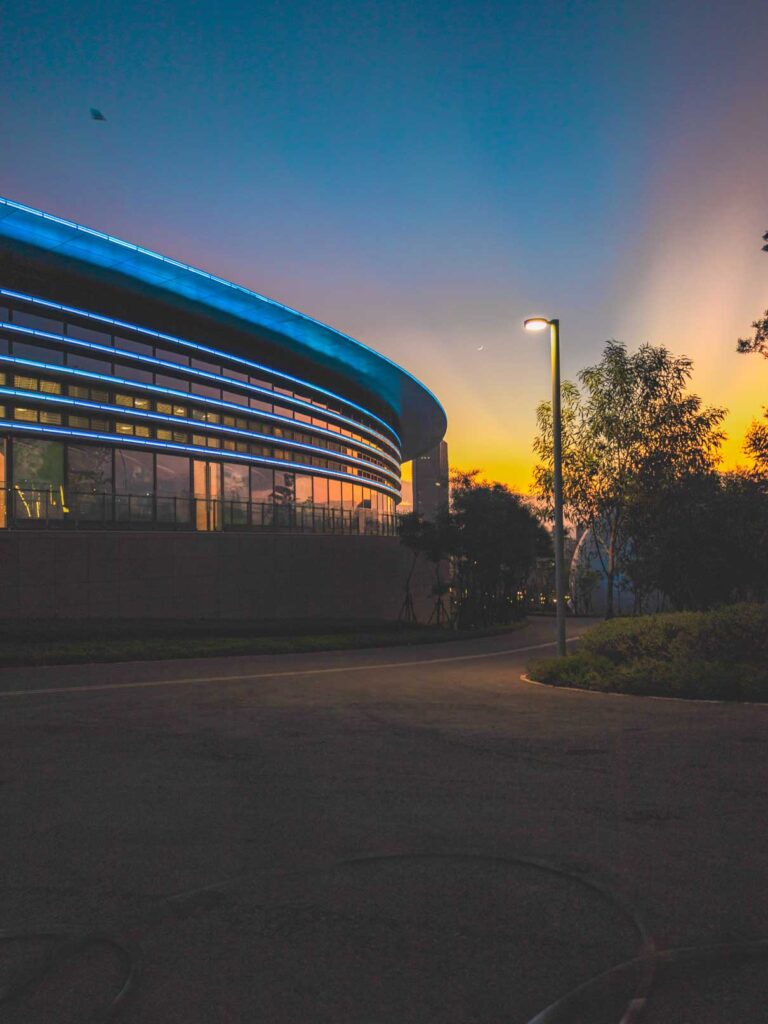
Moving around, you also notice that the space surrounds an outdoor amphitheater that hosts curated events and shows. It is also a light and ventilation source that breathes life into the exhibition spaces. Owing to its off-center position, it also presents an interesting architectural experience where the space contracts towards the eastern side and then expands back to the southern frontier. Following an almost 270 degrees tour, you reenter the main lobby space where you can find various startup company booths installed at the peripheries. Before we continue our journey, however, let’s have a break!
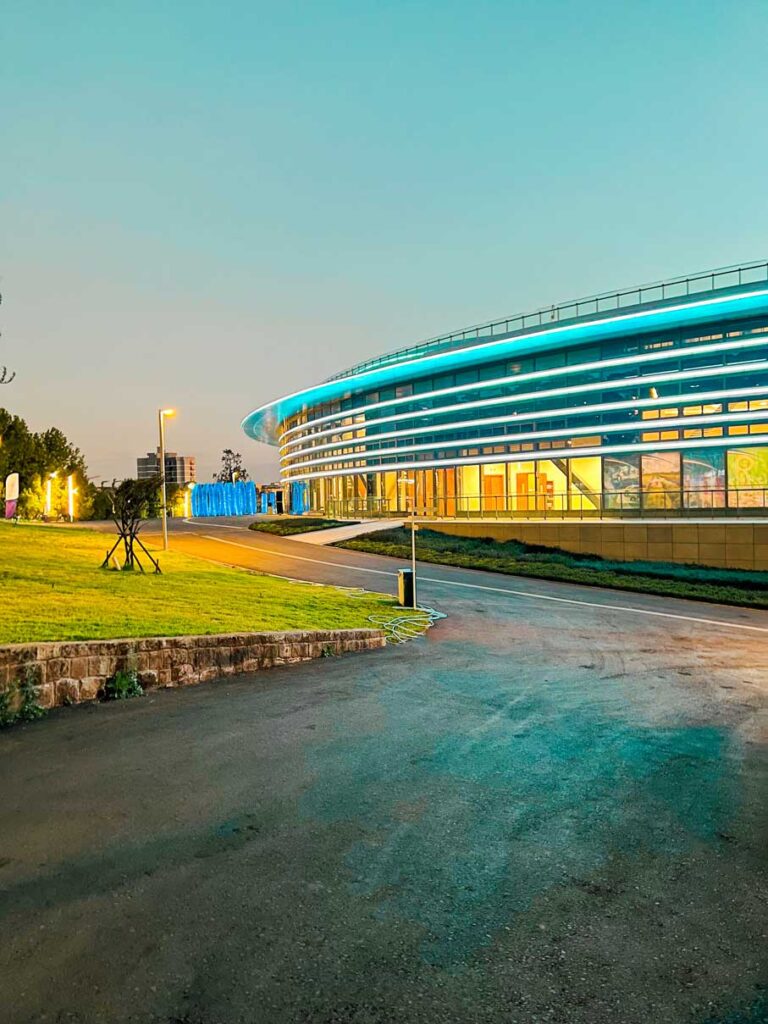
Just behind the spiraling ramp seats an open lounge where you can sip coffee and take in views of the outdoor surrounding or appreciate the interior atmosphere. The space here lends itself to a cozy ambiance, with its warm colors and the carpet floor interspersed with traditional accessories. Since you now feel re-energized, let us continue toward the public’s favorite architectural space: the rooftop. Climbing up the ramp, you will often catch scenes of people posing for photos tucked between the building’s diagonal steel columns and its curtain façade. After almost a double-story rise, you finally reach the rooftop level where 360 degrees view of Addis Ababa spreads out before your eyes. The space allows for fully stretched panoramic views of the city in every direction with almost no silhouettes to block it. What makes the experience even better is its greenery-covered floor, which provides a ground feel on top of a cliff. You can take a walk around the space similar to a park, but with far-reaching views. The rooftop stay can be the most dramatic toward sunset time when you can witness the city’s diverse landscape glisten in the golden hour before electric-lit candles replace the scene.
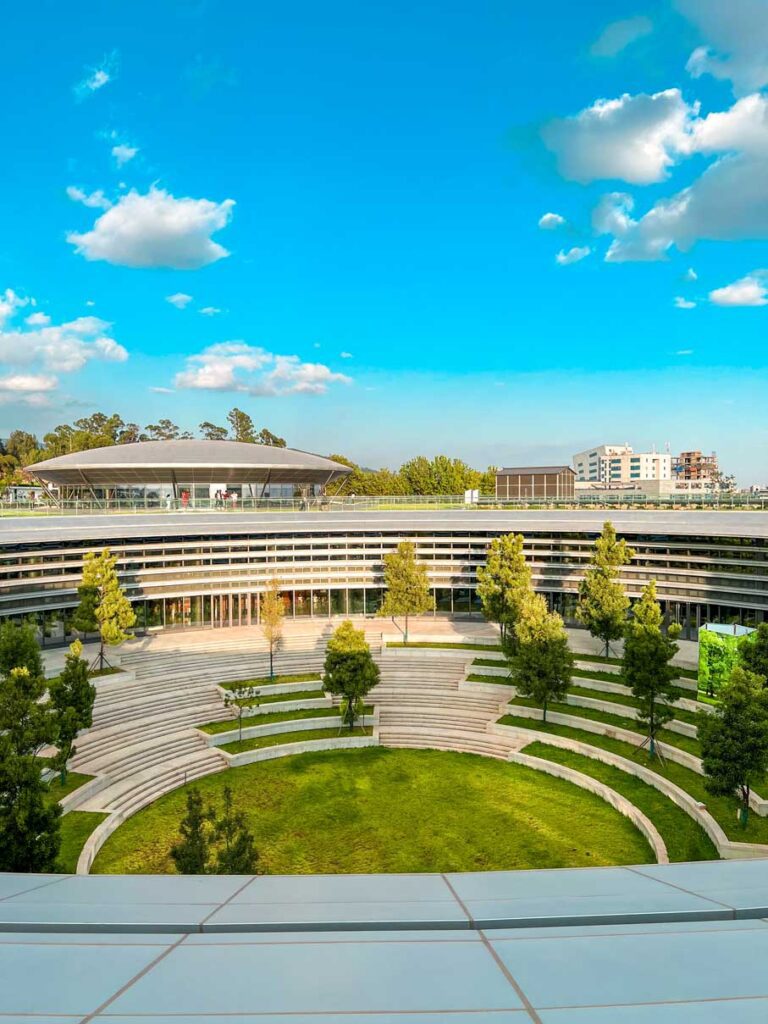
Last but not least, you might have asked what the massive dome sitting inside the compound is. Well, this dome is the first-of-its-kind planetarium that transports its visitors on a virtual voyage to the stars. It sits on about a thousand square meters of land with a staggering diameter of 36 meters. Inside, the reception space leads you into a relatively narrow staircase before entering a theatre in which an enormous white canvas seems to engulf you through its sheer scale. Once in, you can choose from the 200 seats and enjoy a three-dimensional theatrical show experience on astronomy, geology, and biology. The hemispherical effect is as exciting as it can get with your entire field of vision covered with the projected content, making you feel part of it.
From an ecological perspective, the development’s sustainability is a well-thought factor. Despite its two massive buildings, 80% of the overall 6.78 hectares of land is still covered in greenery with almost 4000 indigenous trees, plants, and flowers. To add to this, the building generates its electricity from its rooftop solar farm, which adds to its natural methods. Coupled with its garden areas and landscaped paths, the museum promotes a green ecosystem as much as it stands for science.
Overall, the museum is “a place where the present and the future converge in a full 360 degrees immersive and interactive experience that will take one and all on a journey through the art of science and the science of art.” It is a place for inspiration, a place for knowledge, and a place that brings out the curious and adventurous side of all of us. So, what are you waiting for? Go get inspired!

